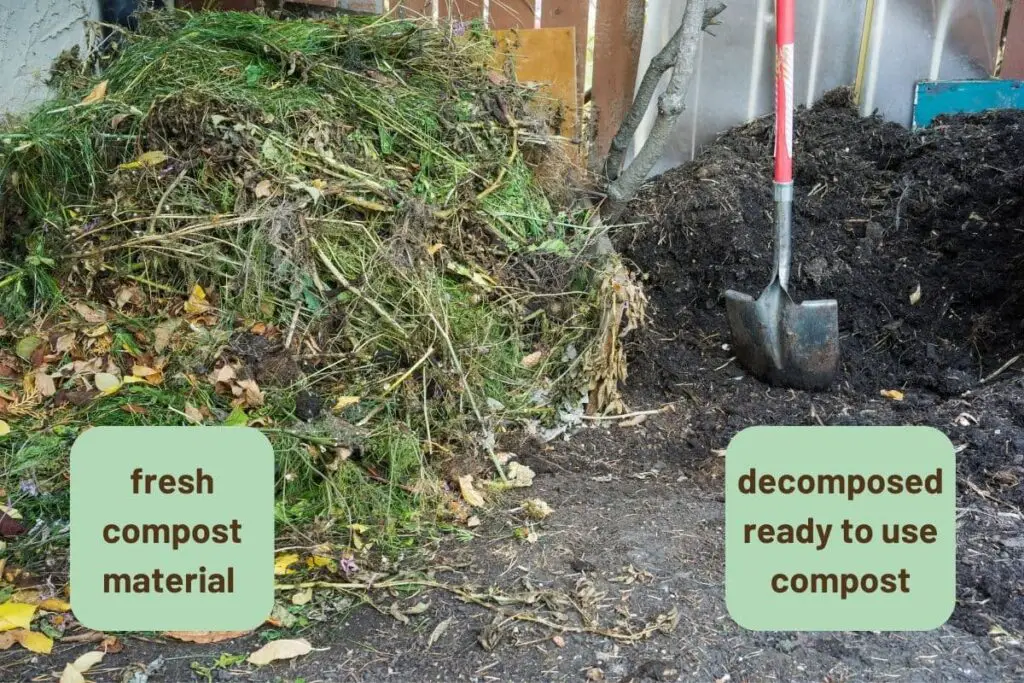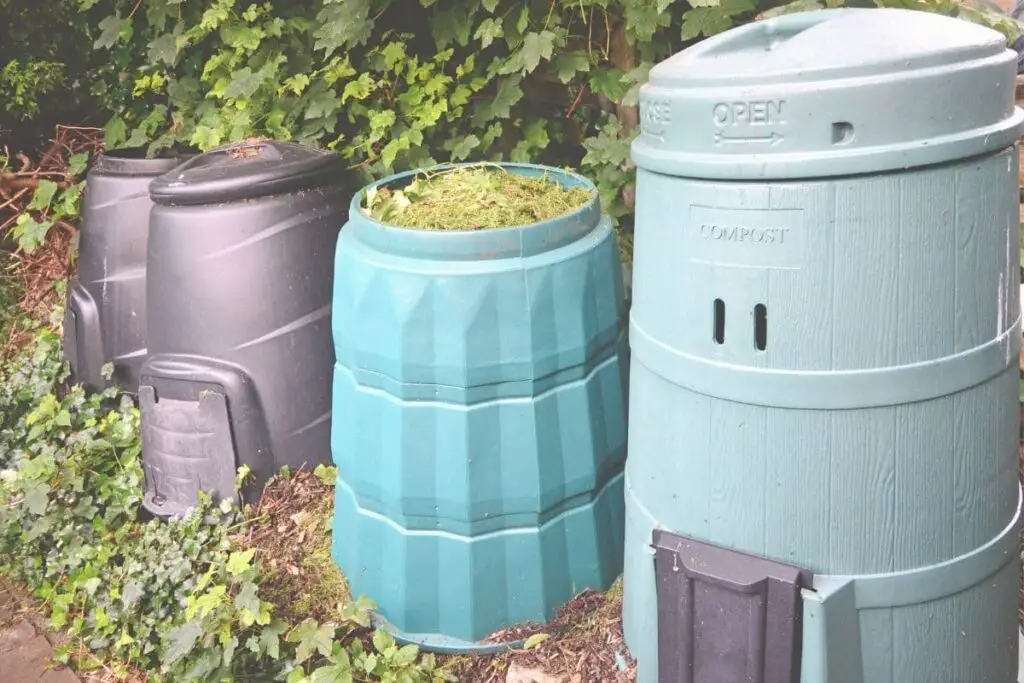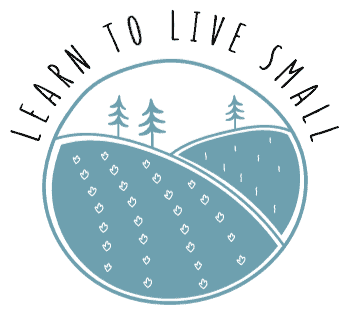Have you thought of helping out Mother Nature in your little way? Reducing your footprint and making use of the things you throw out on a regular basis. Making our compost is a great way of becoming environmentally conscious by reducing the amount of your organic waste instead of sending it to a landfill.
Ok. So you want to do something useful with food scraps, but now what? Where do you put it? What is best for what you can actually use around your yard? If you are planning to make your own compost you can either go for a compost bin or a compost pile. Let’s dive into what they are & their differences.
Key Takeaways
Compost bins are more visually appealing and efficient for the composting process
Compost piles are easy to start, cost nothing and allow for flexibility in the amount of compost you can produce.
What is a Compost Bin?
First, a compost bin is a container used for organic waste to go through the composting process.
Put in certain kitchen scraps, garden waste, and other composting materials, and with a little time and the right conditions, you get usable compost for a healthier garden.
What is a Compost Pile?
Alternatively, a compost heap is a collection of the organic waste intended to turn into compost without a formal container.
That same waste from your kitchen and yard is simply put in a pile, usually on the ground. The composting process is the same. It’s just where it is stored that changes along with a bit more maintenance to make sure the process goes as planned.

Compost Bin vs. Compost Pile
The composting process is a chemical one even if natural. So it stands to reason that if you just want to get started with little money or effort, you just need to find a place where you’d like to start your compost pile.
Compost Pile Cons
However, there are some drawbacks. as you don’t have as much control over the elements for the process to be successful.
It also tends to take longer to turn into compost in a pile vs a compost bin because the bin allows you to have more control over how the compost develops through the heat and moisture. This is important as you need heat for the process, and moisture is needed but excess moisture isn’t.
Compost piles just don’t look as tidy. Plus you mix the organic matter to minimize smell issues and distribute moisture. This is way more convenient in a bin.
Rodents & other pests can also be kept out of your kitchen scraps if you can close them out – with a bin!
One last plug for a bin is that it’s easier to move a compost bin over a pile. Weight & whether the bin has wheels does come into play, but it is easier than moving a heap of compost – shovel load by shovel load.
Compost Pile Pros
All you need for a compost pile is a garden tool for turning the compost over, a way to keep the pile moist such as a sprinkler, and a good location. It’s really that simple.
Regardless of the pile vs bin conversation, you are limited to the amount of space you have. If you overfill your compost area or bin, you’re back to throwing out compostable materials again.
A pile isn’t nearly as restrictive as a bin in that way. You have to build another bin or buy one to expand a bin system. You can keep making your pile larger, or you can start a 2nd to have different levels of the black gold ready at different times. It’s that flexible.
Where Should You Put a Compost Pile?
A compost pile’s location takes a little more planning. Ideally, a compost pile should be located near the garden with partial shade that drains well.
If you don’t have partial shade, you will struggle to keep the pile from drying out. Too little sun and your pile may struggle to get to an optimum temperature for the composting process.
Good drainage simply helps with moisture retention without getting waterlogged.
The biggest disadvantage to a compost bin over a pile is that there is a cost associated. You can certainly get one for $500, but you can also build a basic bin with inexpensive materials.
Plus you are also restricted to how much you can put in a bin. If you have more organic material than you can use in the bin (like a compost tumbler), you have to buy or build another or dispose of your waste instead.
Grass clippings and such come to mind with this. You need a balance of green waste to brown waste for the chemical process to happen, so you can find yourself restricting how much of your yard waste you put into your compost bin vs a backyard compost pile.

To keep pests out, you might find that using being able to put chicken wire around it will be helpful, too.
Storing Your Compost
Once you have produced finished compost, your garden beds will be that much happier. However, you might find that you have a surplus from time to time.
Whether you use a compost pail, pile or anything in between, you’ll want to store surplus compost in a bin.
It certainly doesn’t need to be fancy, but a plastic bin is just fine. I use a clean outdoor trashcan just for compost myself. It keeps it dry, and according to GrowVeg, storing compost can further help it develop the nutrients and such that make it such a great soil amendment further!
Just Compost!
If you have no budget for a compost pile, just get started! There is still a bit of a learning curve with the process, so you’ll gain a lot from a pile you start today.
Too little or too much green materials or the same over/under on the brown materials and you’re impacting the nitrogen and carbon, and then there’s the no meat scraps, and oh my! Compost materials require a bit of thought to incorporate into your day to day waste.
If you have a bit more of a budget & willing to do a little, you can always build your own instead of buying a compost bin.
Check out this video with very few materials needed to get started by the end of the next weekend!
